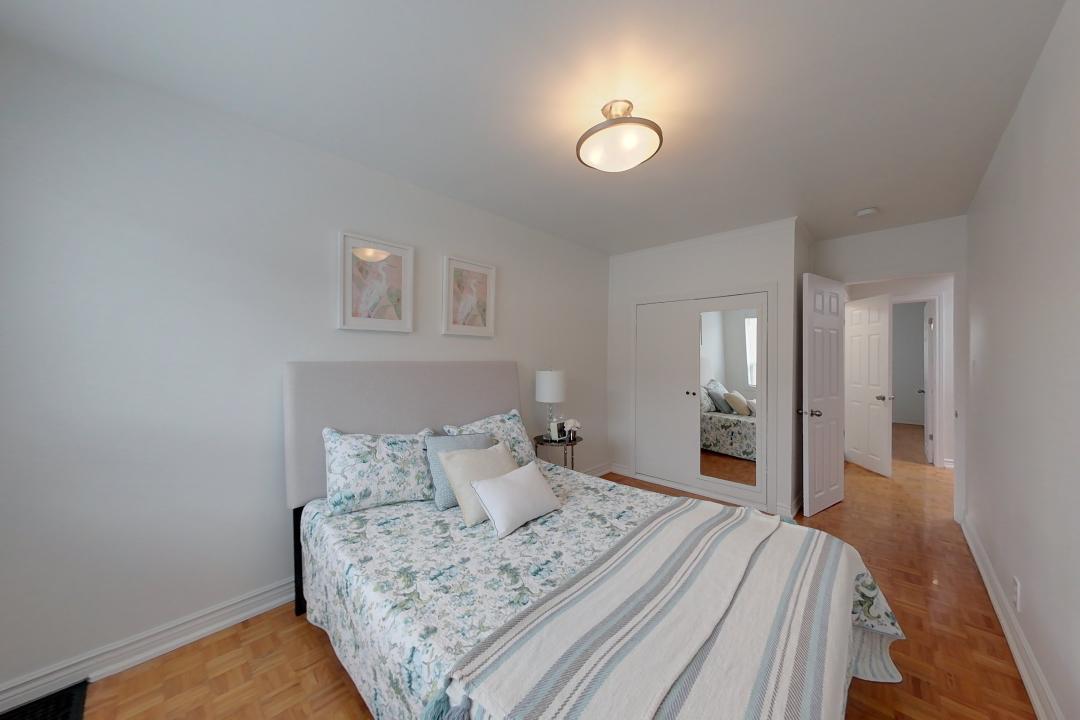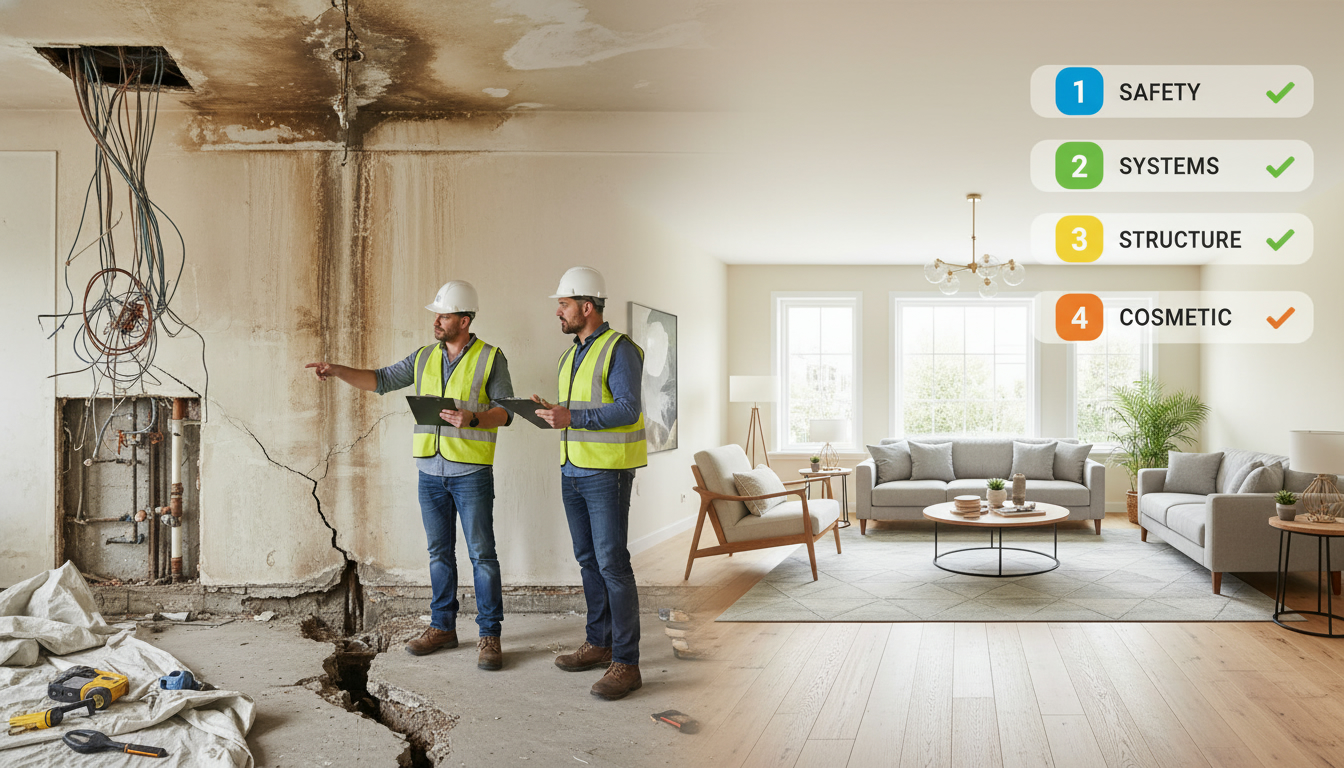How do I prioritize repairs in a fixer-upper?
Fixer-Upper Emergency: Fix These Repairs First to Protect Your Wallet and Boost Value Fast
Quick reality: stop guessing and start triaging
Buying a fixer-upper feels like opportunity and risk mashed together. The smartest buyers and investors use a clear decision tree to prioritize repairs. This guide gives a step-by-step framework you can act on today — no fluff, no guesswork.
The simple rule: safety, systems, structure, then surface
When you prioritize repairs, follow this order every time:
- Safety first: health and hazard issues (mold, asbestos, gas leaks, structural collapse).
- Systems second: electrical, plumbing, HVAC — the systems that keep a house habitable.
- Structure third: foundation, roof, load-bearing walls.
- Surface last: cosmetic updates, flooring, paint, landscaping.
Why? Because safety and systems cost you the most if neglected. Cosmetic fixes increase buyer interest but won’t save you from an insurance claim or code violation.

Step-by-step priority checklist (actionable)
- Immediate safety hazards (0–2 days)
- Fix active gas leaks, exposed electrical wiring, major water leaks, and unstable stairs or railings.
- Call licensed pros. Don’t DIY dangerous fixes.
- Water intrusion and mold (0–7 days)
- Stop leaks and dry wet areas. Water drives mold and structural rot.
- Inspect the roof, flashing, gutters, and basement walls.
- Electrical and fire risk (1–14 days)
- Verify panel capacity, replace damaged wiring, install GFCIs and smoke detectors.
- Bring systems up to code if you plan to sell or refinance.
- Plumbing and sewage (3–21 days)
- Replace failing sewer lines, leaking supply lines, or damaged fixtures.
- Fix slow drains and low water pressure early — they mask bigger issues.
- HVAC and insulation (1–30 days)
- Ensure heating and cooling work. Replace filters, inspect ducts, check for carbon monoxide.
- Improve insulation and seal gaps to reduce energy bills.
- Structural fixes (1–90 days)
- Address foundation cracks, sagging floors, or compromised load-bearing walls.
- Consult a structural engineer for any serious concerns.
- Code, permits, and inspections (ongoing)
- Pull permits for major changes. Unpermitted work can torpedo a sale.
- Schedule required inspections as you repair.
- Cosmetic and ROI-driven upgrades (after core fixes)
- Prioritize kitchens and bathrooms for resale value.
- Invest in curb appeal (front door, landscaping) — buyers decide in seconds.
Budgeting and timeline: practical rules
- Allocate 60–70% of your funds to systems, structure, and permits. Put 30–40% to cosmetic and staging.
- Build a 10–20% contingency into your rehab budget for surprises.
- Sequence work to avoid redoing jobs. Example: don’t finish flooring until plumbing and HVAC rough-ins are complete.
Quick ROI checklist for upgrades
- Highest ROI: kitchen refresh, mid-priced bathroom remodel, new front door, energy upgrades.
- Moderate ROI: full kitchen gut, high-end custom finishes.
- Low ROI: overly personal design choices, expensive landscaping beyond neighborhood standard.
Common mistakes to avoid
- Skipping a thorough inspection. You’ll pay later.
- Starting cosmetic work before systems and structure are secured.
- Not pulling permits. It costs more to fix or hide unpermitted work.
- Underestimating timelines — contractors get stretched.

How to decide what you can DIY vs hire
- DIY: painting, basic demo, simple trim, landscaping.
- Hire pros: foundation, electrical, gas, major plumbing, structural work, HVAC.
- When in doubt, get a pro to inspect and give a written estimate.
Closing: make the fixer-upper pay you back
A fixer-upper becomes an asset when you prioritize correctly. Protect the house first (safety, systems, structure), then invest in the finishes that sell. Follow the checklist above and you control costs, timelines, and resale value.
Tony Sousa is a local realtor who has guided dozens of buyers through profitable fixer-upper rehabs in the Toronto market. For a customized repair and ROI priority plan, contact Tony at tony@sousasells.ca or call 416-477-2620. Visit https://www.sousasells.ca for case studies and local market guidance.





















